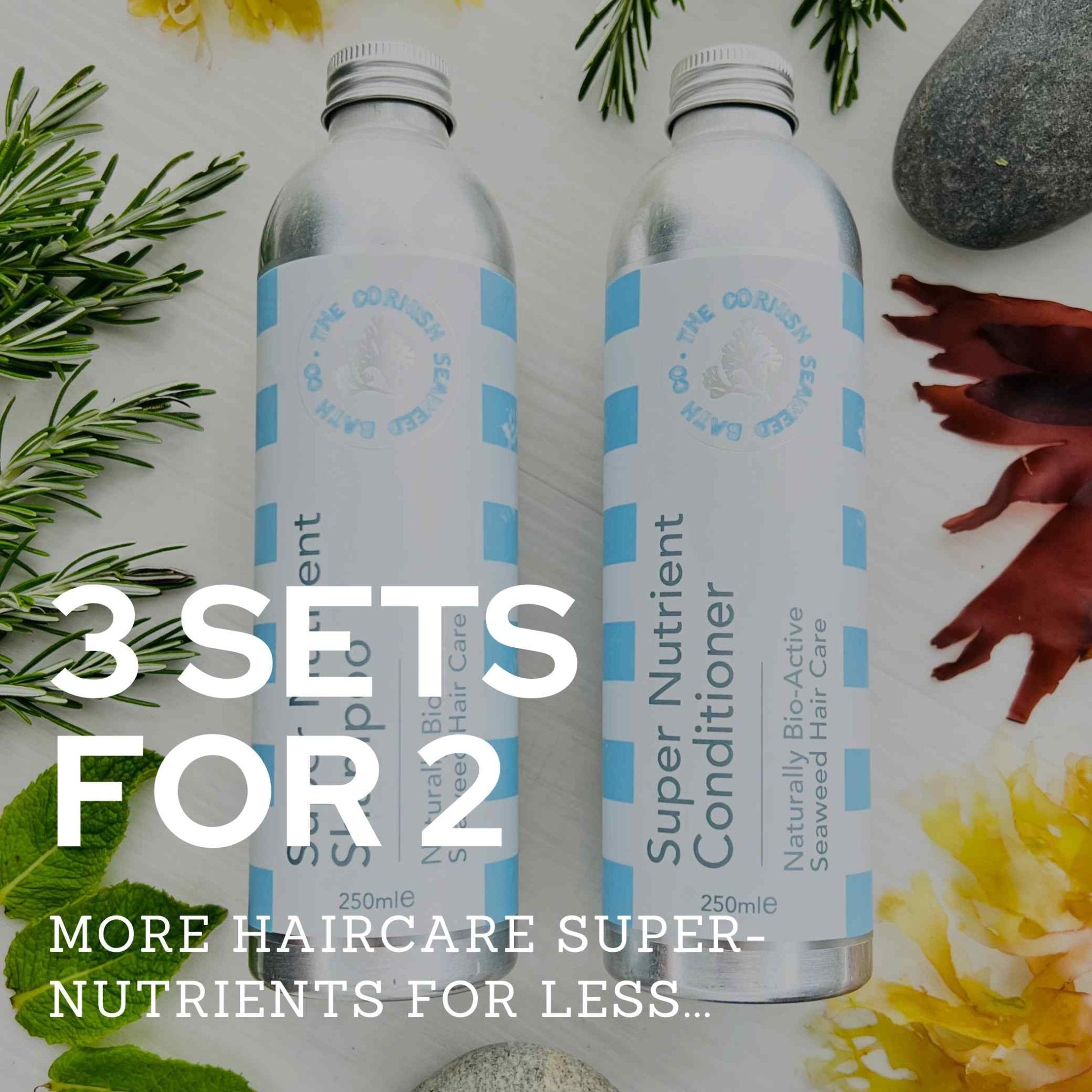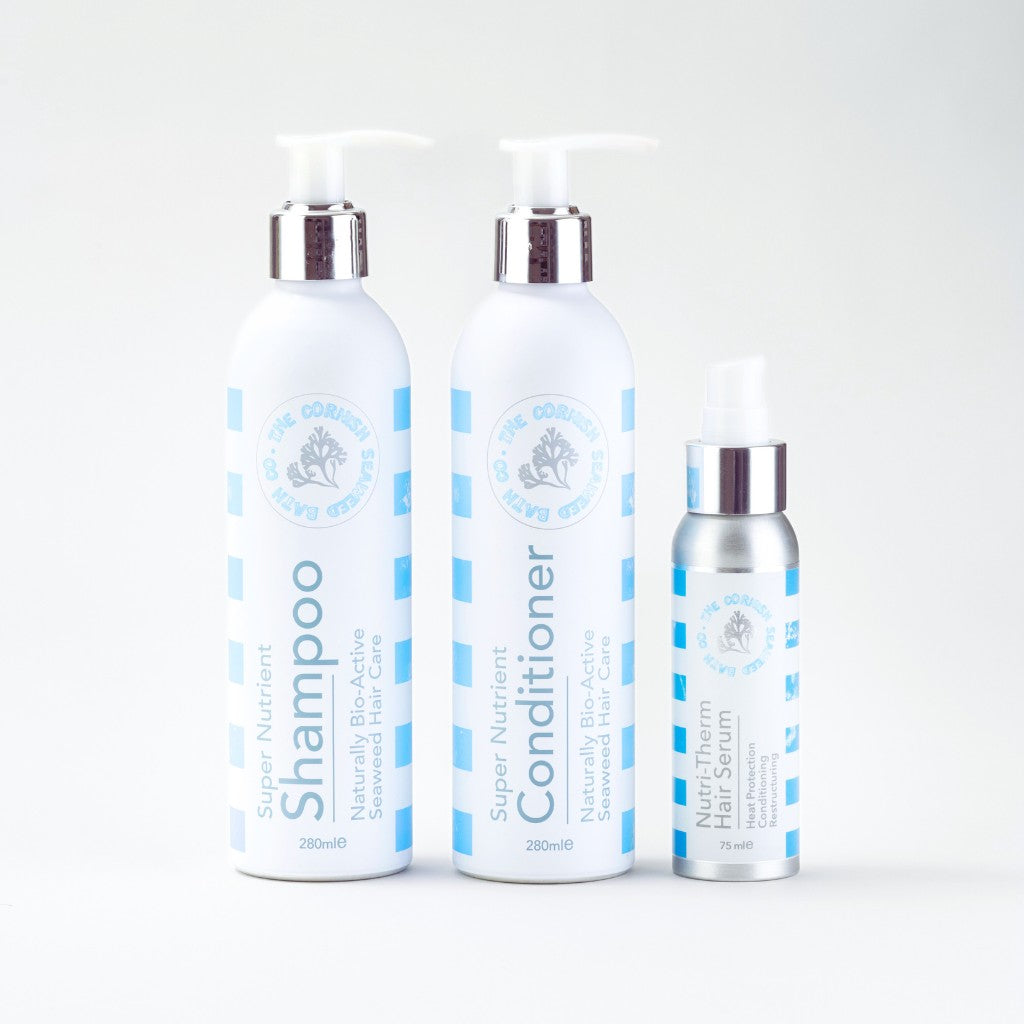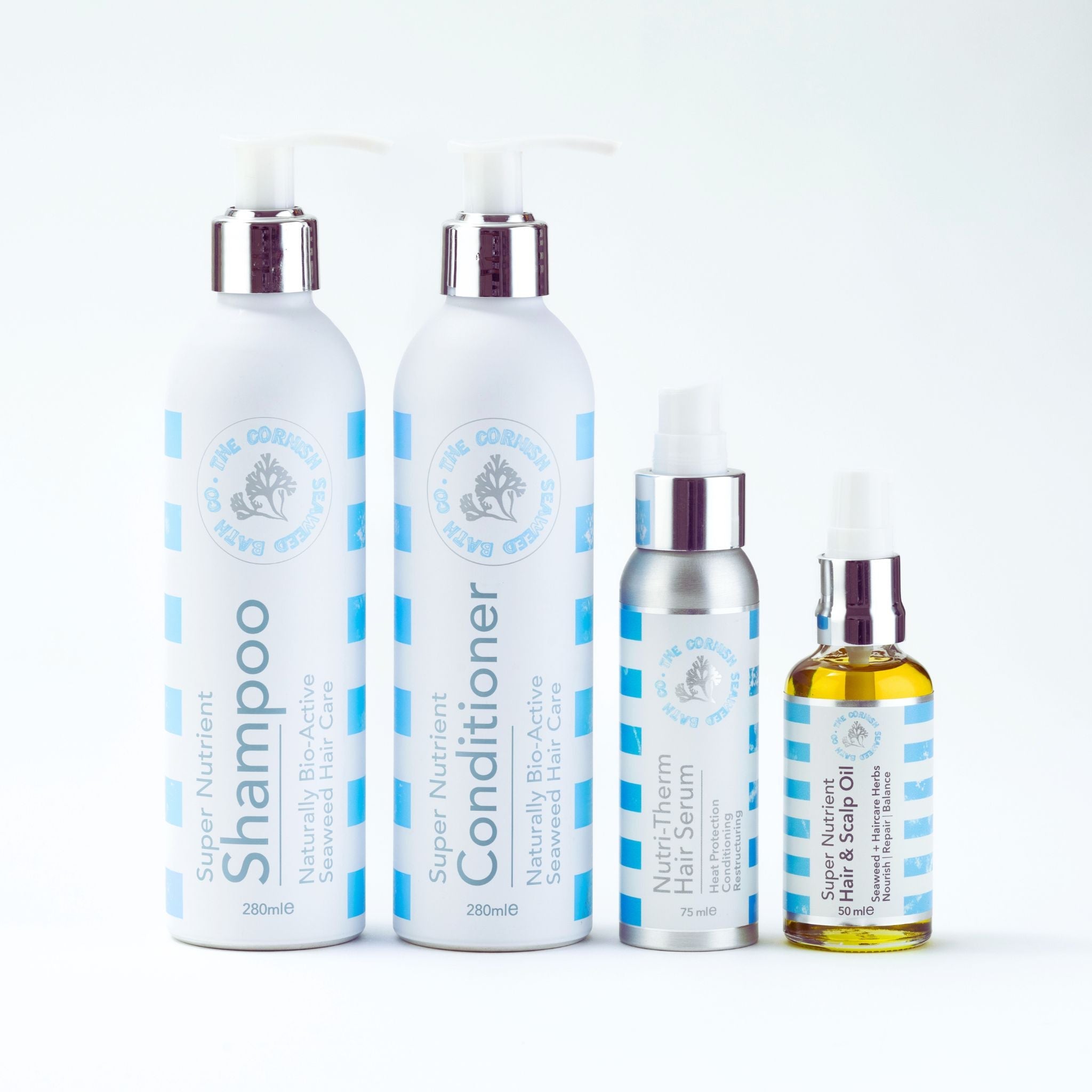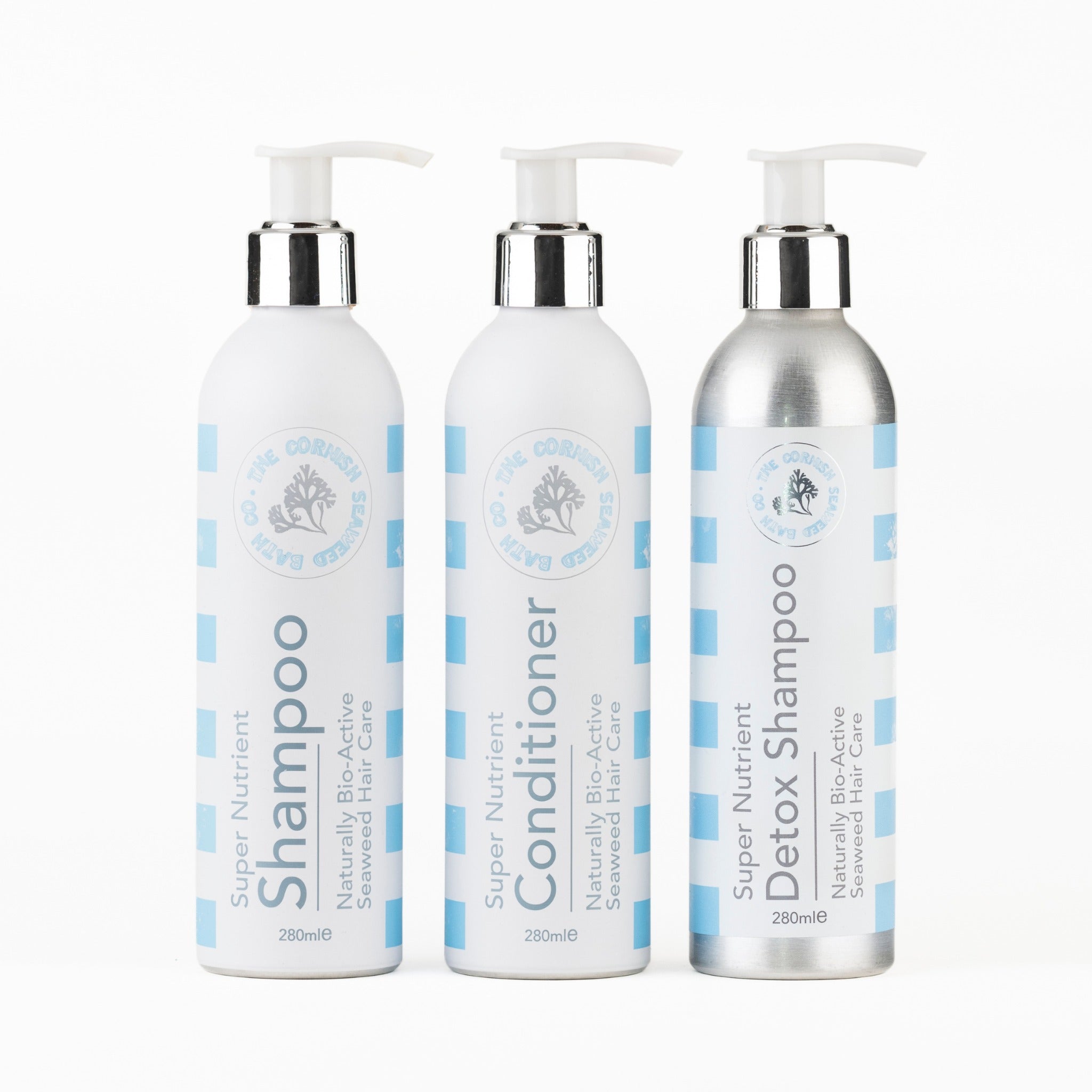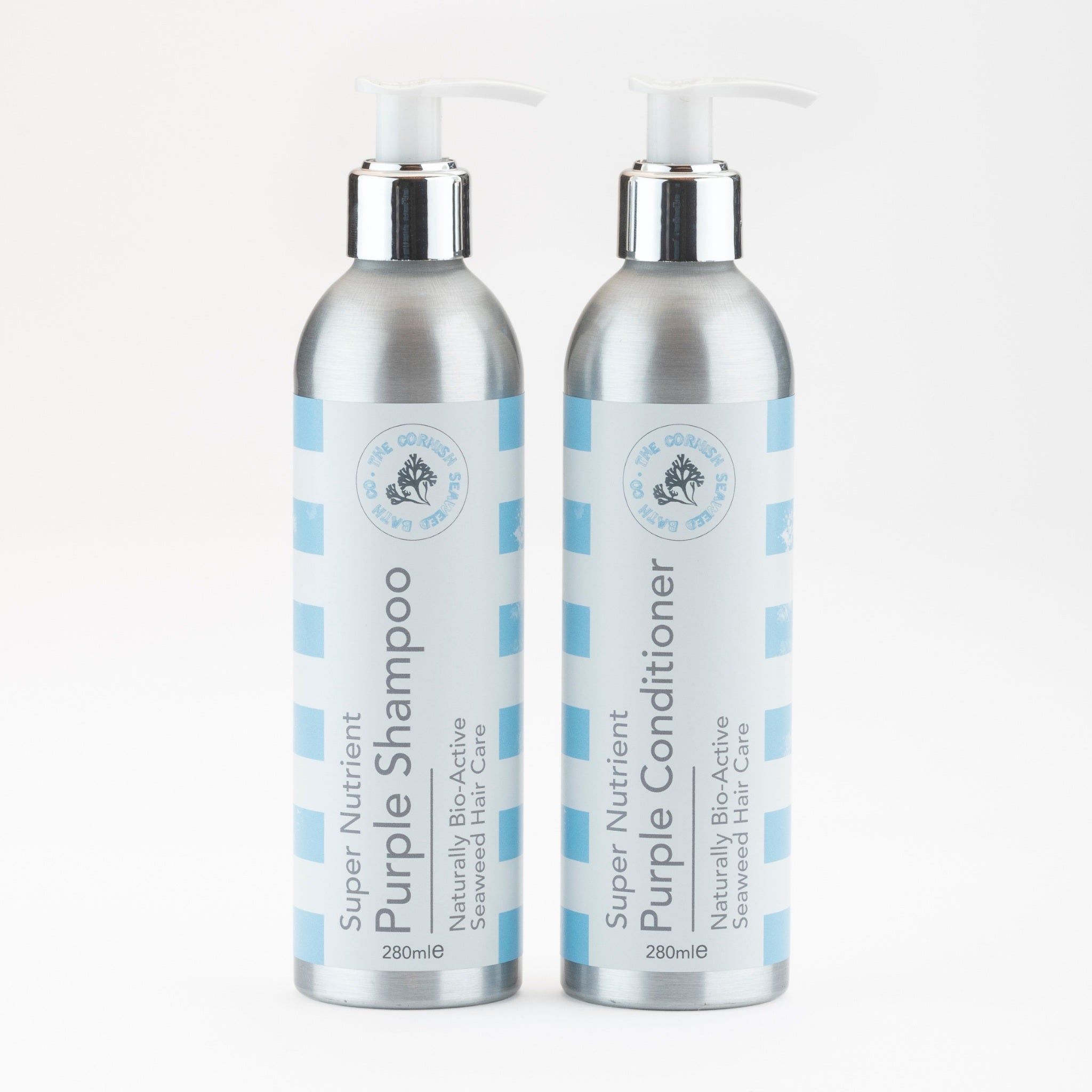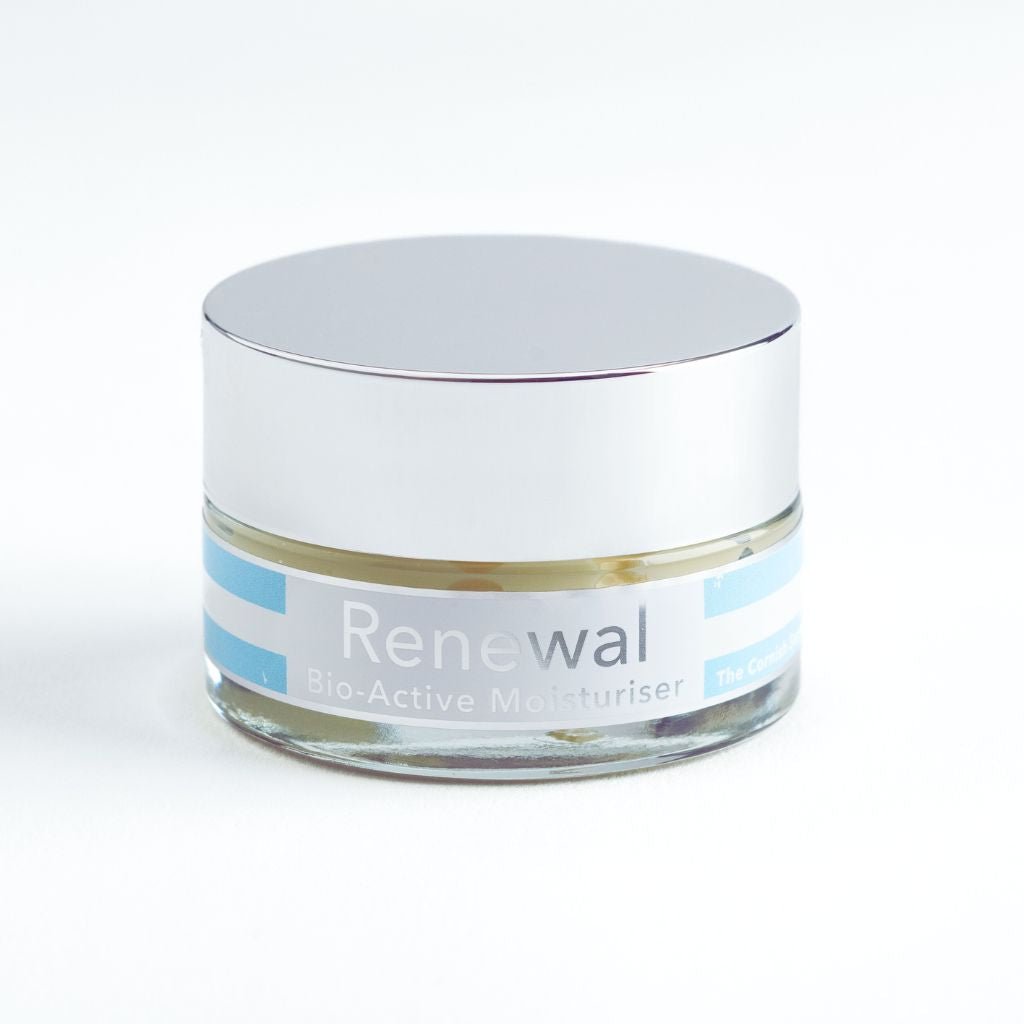Key Takeaways
- The best SPF for the face is the one you apply consistently every day.
- High SPF numbers are not always the most important factor in choosing facial sunscreen.
- UV damage accumulates over time, even through windows and on cloudy days.
- Daily use of facial SPF helps prevent visible aging and skin damage.
Table of Contents
- Why Daily Facial SPF Isn't Optional, And What 'Best' Really Means
- UVA vs. UVB: Understanding Full Spectrum Facial Sun Damage
- Chemical vs. Mineral Sunscreens for the Face: How They Work Differently
- Choosing the Right SPF for Your Face: A Skin-Type-Specific Guide
- UVA vs. UVB: Understanding the Full Spectrum of Facial Sun Damage
Why Daily Facial SPF Isn't Optional, And What 'Best' Really Means
The best SPF for the face isn't necessarily the highest number on the shelf, it's the one you'll apply consistently, every single day. Revitalise Eye Gel can be an excellent addition to your morning routine, especially when paired with your daily sunscreen for targeted hydration and protection around the delicate eye area. UV damage accumulates silently through windows, on cloudy days, and during brief outdoor moments that feel insignificant but compound over decades into visible ageing and skin damage.
UVA rays penetrate standard window glass at roughly 75% strength, meaning your morning commute and office desk expose facial skin to the same wavelengths that break down collagen and create uneven pigmentation. Meanwhile, UVB rays, responsible for sunburn, are blocked by glass, creating a false sense of protection whilst deeper damage continues undetected. For a comprehensive approach to facial care, you may also find value in reading the CSBCO facial care guide for expert tips on maintaining healthy skin year-round.
The SPF Number Game: Why Higher Isn't Always Better
SPF 30 blocks approximately 97% of UVB rays, whilst SPF 50 blocks 98%, a marginal 1% difference that often comes with heavier textures and higher costs. This diminishing return explains why dermatologists consistently recommend SPF 30 as the sweet spot for daily facial use, reserving higher numbers for extended outdoor exposure or particularly sun-sensitive individuals.
The "best" designation depends entirely on consistent application. An SPF 30 applied generously and reapplied every two hours provides superior protection to an SPF 100 applied sparingly once daily.
UV Damage Happens Everywhere, Indoors and Year-Round
Facial skin receives UV exposure during every car journey, every walk from building to building, and through every window-adjacent workspace. These micro-exposures seem negligible individually but create the foundation for photoaging, the premature breakdown of skin structure that manifests as fine lines, uneven texture, and loss of elasticity.
Cloud cover reduces UV intensity by only 10-20%, meaning overcast days still deliver substantial facial UV exposure. Snow, sand, and water reflect additional UV onto facial skin, sometimes doubling exposure intensity without the warning signals of heat or brightness that prompt sun-protective behaviour.
UVA vs. UVB: Understanding Full Spectrum Facial Sun Damage

UVA and UVB rays damage facial skin through distinctly different mechanisms, requiring broad-spectrum protection that addresses both wavelength ranges. Understanding these differences helps explain why comprehensive facial sun protection extends far beyond preventing sunburn.
What UVB Does to Facial Skin
UVB rays (280-315 nanometres) penetrate the skin's outer layers, causing immediate DNA damage that triggers the inflammatory response we recognise as sunburn. On facial skin, where the stratum corneum is thinner than on the body, this damage occurs more rapidly and intensely. UVB exposure creates the cellular mutations that can develop into skin cancers, making daily facial protection crucial for long-term health.
The redness, heat, and peeling associated with sunburn represent your skin's emergency repair response to UVB-induced DNA breaks. Facial skin, with its delicate structure and constant exposure, shows these effects more dramatically than thicker body skin.
What UVA Does to Facial Skin
UVA rays (315-400 nanometres) penetrate deeper into the dermis, where they generate free radicals that break down collagen and elastin fibres. This process occurs without immediate visible symptoms, making UVA damage particularly insidious for facial skin. Over time, this deep damage manifests as the textural changes, sagging, and fine lines we associate with premature ageing.
UVA exposure also triggers melanin production irregularly, creating the uneven pigmentation and dark spots that develop gradually on facial skin. Unlike UVB damage, which announces itself through sunburn, UVA damage accumulates silently until structural changes become visible.
Why Your Face Needs Both: Understanding Broad-Spectrum Protection
Broad-spectrum sunscreens protect against both UVA and UVB rays at the stated SPF level, preventing both immediate DNA damage and long-term structural breakdown. For facial skin, which receives daily exposure and shows ageing changes most prominently, this dual protection is non-negotiable.
Products labelled "broad-spectrum" must pass standardised testing that confirms adequate UVA protection relative to their UVB (SPF) rating. This ensures balanced protection rather than skewed coverage that might prevent sunburn whilst allowing deeper damage to continue.
Chemical vs. Mineral Sunscreens for the Face: How They Work Differently
Chemical and mineral sunscreens protect facial skin through fundamentally different mechanisms, each offering distinct advantages for different skin types and preferences. Understanding these differences helps match the right formulation to your specific facial skin needs.
How Chemical Sunscreens Absorb and Convert UV
Chemical sunscreens contain organic compounds like avobenzone, octinoxate, and oxybenzone that absorb UV radiation and convert it to heat, which then dissipates from the skin. These formulations typically feel lighter and blend invisibly into facial skin, making them popular for daily wear under makeup.
However, chemical actives require 10-15 minutes to become effective after application, and some individuals experience irritation or allergic reactions, particularly around the delicate eye area. The conversion process can also cause stinging if the product migrates into eyes through sweat or application proximity.
How Mineral Sunscreens Reflect and Block UV
Mineral sunscreens work fundamentally differently from their chemical counterparts. Rather than absorbing UV radiation, zinc oxide and titanium dioxide particles sit atop your skin, creating a physical barrier that reflects and scatters both UVA and UVB rays away from your face. Think of it as an invisible shield that bounces harmful radiation back before it can penetrate your skin.
This reflective mechanism offers immediate protection, no waiting period required. The moment you apply mineral sunscreen, you're protected. For sensitive facial skin, this proves particularly beneficial since the active ingredients remain on the surface rather than being absorbed into your skin barrier. However, the trade-off comes in cosmetic elegance: mineral formulas can leave a white cast, especially on deeper skin tones, and may feel heavier or more occlusive than chemical alternatives.
Modern mineral formulations have addressed many traditional drawbacks through micronised particles and tinted options. These innovations reduce visible residue whilst maintaining the gentle, non-irritating protection that makes mineral sunscreens the best SPF for the face when dealing with reactive or compromised skin barriers. For more ways to support your skin's health, you might enjoy reading about five ways to use seaweed to care for your skin health.
Hybrid Formulas and When to Choose Them
Hybrid sunscreens combine both chemical and mineral UV filters, offering a balanced approach that captures the benefits of each mechanism. These formulations typically feature zinc oxide or titanium dioxide for broad-spectrum base protection, enhanced with chemical filters like avobenzone or octinoxate for improved UVA coverage and cosmetic feel.
The result is often superior to either approach alone: better protection than chemical-only formulas, with improved texture and reduced white cast compared to purely mineral options. For facial application, hybrids excel when you need reliable protection but can't compromise on makeup compatibility or daily wearability. They're particularly effective for combination skin types that find pure mineral formulas too heavy but experience irritation from fully chemical versions.
Consider hybrid formulas when previous sunscreen trials have left you choosing between protection and comfort, these formulations are specifically designed to eliminate that compromise.
Choosing the Right SPF for Your Face: A Skin-Type-Specific Guide
Your skin type dictates not just which SPF level you need, but which formulation will actually stay put, feel comfortable, and encourage daily compliance. The best SPF for the face varies dramatically between someone with oily, acne-prone skin and someone managing dryness or sensitivity. Understanding these distinctions transforms sunscreen from a one-size-fits-all afterthought into a targeted skincare step.
SPF for Oily and Combination Facial Skin
Oily and combination facial skin requires lightweight, non-comedogenic formulations that won't exacerbate shine or trigger breakouts. Gel-based sunscreens excel here, offering protection without the heavy, occlusive feel that can make oily skin appear greasier throughout the day. Look for formulas labeled "oil-free" and "non-comedogenic", these undergo specific testing to ensure they won't clog pores.
Zinc oxide provides an additional benefit for oily, acne-prone skin beyond UV protection. This mineral active possesses mild antibacterial properties that can help manage breakout-causing bacteria whilst protecting against sun damage. Matte-finish formulations are particularly valuable, as they can actually improve your skin's appearance by controlling excess shine whilst delivering crucial protection.
Avoid cream-based sunscreens with high concentrations of oils or silicones, which can feel suffocating on already oil-prone areas like your T-zone. Instead, prioritise water-based gels or lightweight lotions that absorb quickly and invisibly.
SPF for Dry Facial Skin
Dry facial skin benefits from SPF formulations that double as moisturisers, providing hydration alongside protection. Cream-based sunscreens with nourishing oils, ceramides, or hyaluronic acid can address multiple skin needs simultaneously. These richer textures, which might feel heavy on oily skin, provide the occlusive barrier that dry skin requires to maintain optimal hydration levels.
Look for formulations containing humectants like glycerin or sodium hyaluronate, which draw moisture into the skin, combined with emollients like jojoba oil or shea butter that smooth and soften. The key is finding a balance, you want hydration without greasiness, protection without further drying.
Avoid alcohol-heavy formulations or gel sunscreens, which can further dehydrate already dry skin. Instead, embrace cream or lotion textures that feel substantial but absorb completely, leaving your skin protected and comfortable rather than tight or flaky. For more information on keeping your skin hydrated, check out this guide to moisturiser and its benefits for facial care.
SPF for Sensitive and Reactive Facial Skin
Sensitive and reactive facial skin responds best to mineral sunscreens with minimal additional ingredients. Zinc oxide and titanium dioxide are less likely to cause irritation than chemical UV filters, making them the safer choice for easily triggered skin. Look for formulations free from fragrances, dyes, and preservatives known to cause reactions.
Barrier-supporting ingredients like ceramides, niacinamide, or colloidal oatmeal can provide additional comfort whilst your skin adjusts to regular SPF use. These actives help strengthen your skin's natural protective barrier, reducing overall reactivity over time.
Patch-test any new sunscreen behind your ear or on your inner arm for 48 hours before full facial application. Even gentle formulations can trigger reactions in highly sensitive individuals, and it's far better to discover incompatibility on a small, hidden area than across your entire face.
SPF for Acne-Prone Facial Skin
Acne-prone facial skin requires careful ingredient scrutiny to avoid pore-clogging formulations whilst maintaining essential protection. Non-comedogenic claims are crucial, but dig deeper, avoid coconut oil and heavy emollients that can exacerbate congestion. Mineral sunscreens with zinc oxide are often well-tolerated, as they provide a gentle, non-irritating barrier. Lightweight, gel-based or fluid mineral formulas are ideal for those prone to breakouts, as they offer protection without contributing to excess oil or blocked pores.
Finding the best SPF for the face requires balancing protection, comfort, and your skin's unique needs. Daily facial sun protection isn't negotiable, UV damage accumulates whether you're commuting, working by a window, or spending time outdoors. The key lies in understanding how different formulations work with your skin type and lifestyle, then building a sustainable routine you'll actually maintain. For further scientific reading on sunscreen efficacy and recommendations, see this sunscreen fact sheet from the National Cancer Institute.
UVA vs. UVB: Understanding the Full Spectrum of Facial Sun Damage

Facial sun protection requires defence against two distinct types of radiation, each causing different forms of damage. Understanding these differences helps you choose formulations that provide comprehensive protection.
What UVB Does to Facial Skin
UVB radiation (280-315 nanometres) causes immediate, visible damage, the redness, pain, and peeling associated with sunburn. On facial skin, UVB exposure leads to acute inflammation, temporary barrier disruption, and direct DNA damage in skin cells. The nose, cheekbones, and forehead receive the highest UVB exposure due to their prominent position.
Repeated UVB damage triggers irregular melanin production, creating age spots and uneven pigmentation. The cumulative DNA damage also increases skin cancer risk, with facial areas accounting for the majority of skin cancer diagnoses. For a deeper dive into the science behind sunscreen and skin health, you can review this peer-reviewed article on sunscreen and photoprotection.
What UVA Does to Facial Skin
UVA radiation (315-400 nanometres) penetrates deeper into the dermis, where it breaks down collagen and elastin fibres. Unlike UVB, UVA damage occurs without immediate visible signs, no redness or burning to signal overexposure. This makes UVA particularly insidious for facial ageing.
Chronic UVA exposure manifests as fine lines around the eyes, loss of skin firmness, and the leathery texture associated with photoaging. The damage accumulates silently for years before becoming visually apparent, making daily UVA protection crucial for long-term facial skin health.
Why Your Face Needs Both: Understanding Broad-Spectrum Protection
Effective facial sun protection requires broad-spectrum coverage, formulations that block both UVA and UVB radiation at the stated SPF level. In regulatory terms, broad-spectrum products must demonstrate UVA protection proportional to their UVB rating.
Look for active ingredients like zinc oxide, titanium dioxide, avobenzone, or ecamsule, which provide reliable UVA coverage. Products containing only octinoxate or homosalate offer primarily UVB protection, leaving your facial skin vulnerable to premature ageing.
Frequently Asked Questions
Why is consistent daily application of SPF more important than choosing a very high SPF number for facial sunscreen?
Consistent daily application ensures continuous protection, which is more effective than occasional use of a very high SPF. An SPF 30 applied generously and regularly can offer better defence than a higher SPF applied sparingly, as protection depends on both coverage and frequency rather than just the number.
How do UVA and UVB rays differently affect facial skin, and why is broad-spectrum sunscreen necessary?
UVA rays penetrate deeper into the skin and through glass, contributing to collagen breakdown and uneven pigmentation, while UVB rays cause sunburn but are mostly blocked by windows. Broad-spectrum sunscreen protects against both types, offering comprehensive defence against visible ageing and skin damage.
What type of sunscreen is best suited for different skin types, such as sensitive, acne-prone, or dry skin?
For sensitive or acne-prone skin, broad-spectrum mineral sunscreens with SPF 30-50 are recommended due to their gentle nature. Chemical sunscreens often suit dry skin better, providing hydration alongside protection. Choosing a formula that feels comfortable encourages regular use.
How does UV exposure occur indoors and on cloudy days, and why is daily facial SPF still essential in these conditions?
UVA rays can pass through windows and clouds, meaning facial skin is exposed even indoors or on overcast days. This ongoing exposure contributes to gradual skin ageing, making daily facial SPF important to maintain protection regardless of weather or location.
A picture tells a thousand words: out of necessity, some images in this blog post have been created using artificial intelligence models. This is to help us bring to life & more comprehensively express the written content within this post. We only using artificially generated images when we don’t have a suitable image available to us.
 Christmas Gifts!
Christmas Gifts!



